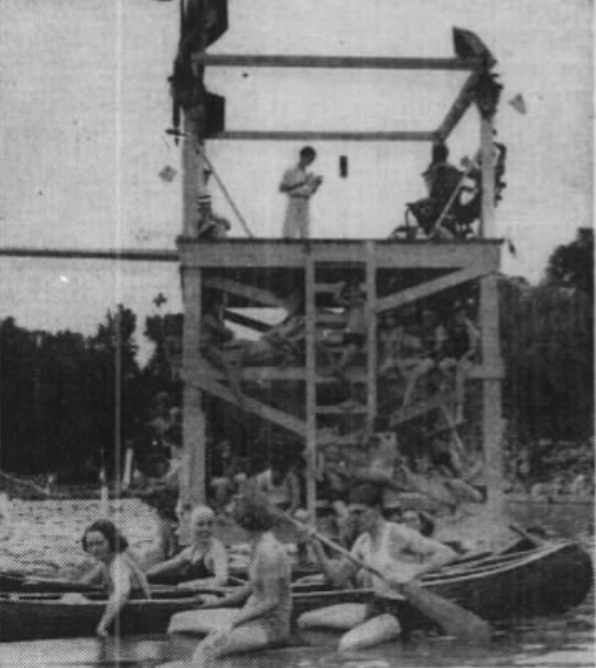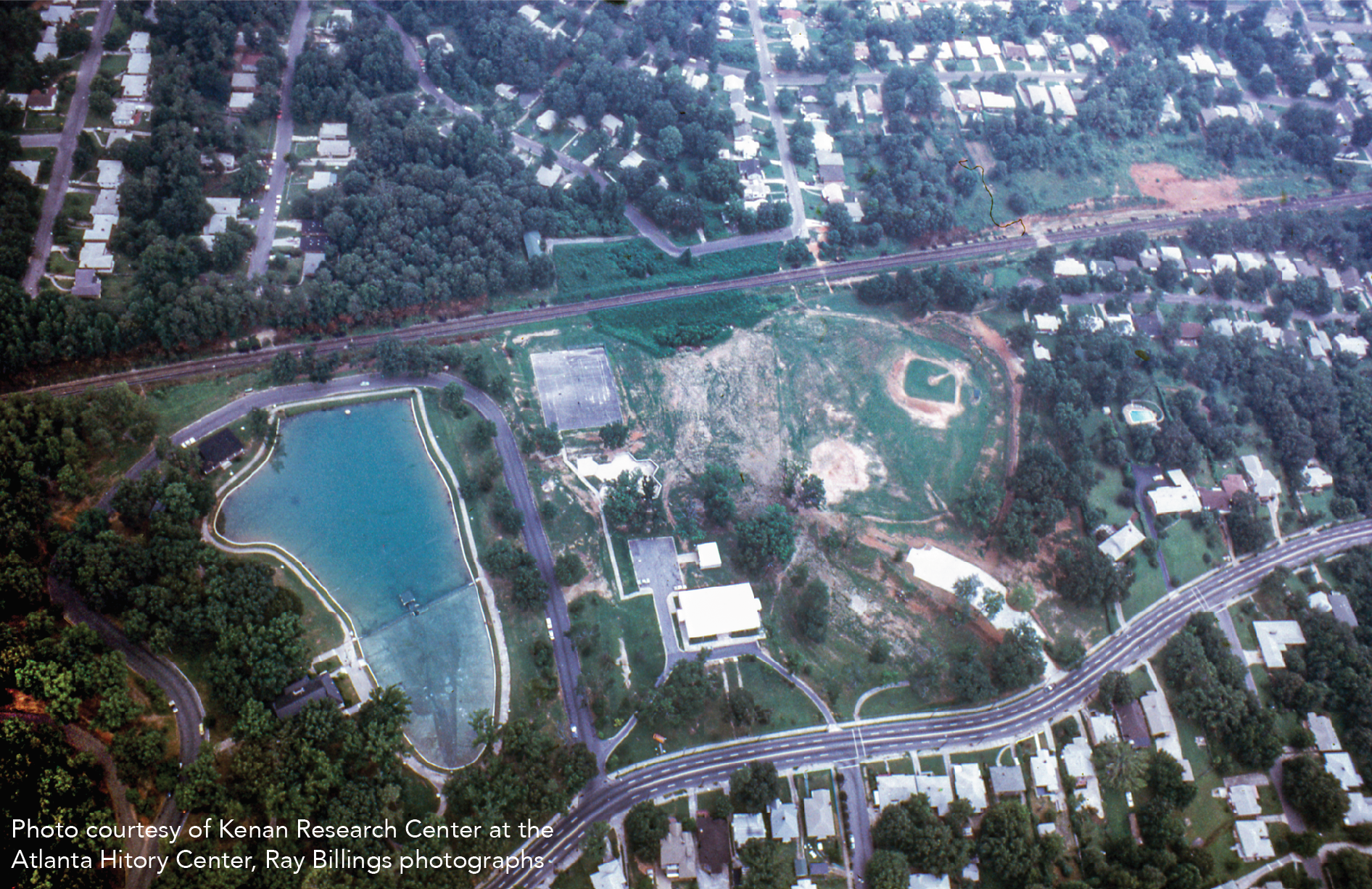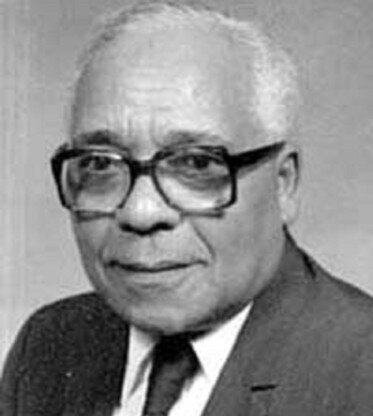History of Mozley Park
Pre-1500
The Mississippian culture arose as the cultivation of maize from Mesoamerica led to population growth. Increased population density gave rise to urban centers and regional chiefdoms. Stratified societies developed, with hereditary religious and political elites, and flourished in what is now the Midwestern, Eastern, and Southeastern United States from 800 to 1500 AD.
1500
Hernando de Soto (c.1500 - 1542) was the first European to explore present day Georgia. He and his forces were instrumental in contributing to hostile relationships between many Native American tribes and Europeans.
Members of the expedition also spread disease. Because indigenous people lacked immunity to European diseases, several areas traversed by the expedition became depopulated by illnesses caused by contact with the Europeans.
1600
Survivors of the devastation caused by disease and the indgenous slave trade regrouped, and the Muscogee (Creek) Confederacy arose, which was a loose alliance of Muscogee-speaking peoples.
The Muscogee Confederacy controlled vast lands south and east of the Chattahoochee River, which were lost through a long series of territorial cessions.
Though they were able to maintain political independance for over 200 years, many adopted European cultural norms, thinking (incorrectly) that doing so would help keep their place in their traditional lands. Most Muscogee were forcibly removed to Oklahoma on the Trail of Tears in the 1830s.
James Oglethorpe (1696-1785) founded the English colony of Georgia near Savannah in February of 1733.
1800
Chief Tomochichi (c.1644 - 1739) of the Yamacraw (part of the Lower Muscogee peoples) agreed to allow European settlement on land the nation did not want for its own use.
1800
In 1821, William McIntosh (1775 - 1825) ceded 4,000,000 acres of Muskogee land (including present-day Atlanta) to Georgia. In exchange, the United States government agreed to pay the Muscogee $200,000 over fourteen years. It also paid McIntosh $40,000 directly and granted him 1,000 acres of land at Indian Springs.
Afterward, The Muscogee National Council swore not to cede any additional land to the United States, decreeing a sentence of death for violation of that pledge. Nevertheless, McIntosh made another large cession again in 1825, for which he was executed later that same year.
1860
Atlanta’s population 9,554 1860 Census (1 in 5 was enslaved)
The Battle of Ezra Church occurred in and around a small chapel near modern-day Mozley Park on July 28, 1864. It was one of several battles that formed the Atlanta Campaign, led by General Sherman.
Confederate troops tried and failed to assault entrenched Union positions. In all, about 3,642 men fell as casualties; 3,000 on the Confederate side and 642 on the Union side. Afterward, the area became known as Battle Hill.
1870
Atlanta’s population grew to 21,789
1880
Dr. Hiram Mozley (1844 - 1902) was the primary landowner of the land that was to become Mozley Park (then known as Battle Hill).
He was a Confederate veteran and the inventor and manufacturer of his famous Lemon Elixir that he sold in drug stores all over the country.
Upon his death, the land transferred to his heirs, and began to be subdivided and developed into a single family residential community.
1900
1900 Atlanta’s population in the census was 90,000
1920
In 1922 the citizens of Mozley Park and the surrounding area solicited City Council to purchase the Mozley Estate for a recreation area.
“The Mozley estate, consisting of thirty-eight wooded acres, is convenient to several car lines and has much of the natural beauty that is necessary for an ideal park. The old Mozley home, a fine old colonial residence, in good repair is an ideal building for a community house. There are two artificial lakes on the picturesque estate and it is full of historic interest”
After the city acquired the land for a park, Mozley’s spacious mansion was occupied by the parks director.
In 1927, a new elementary school was built on a wooded hill adjacent to Mozley Park. The school was named for Georgia’s first poel laureate, Frank Lebby Stanton (1857-1927).
One of Stanton’s most widely quoted poems was titled This World:
This world we’re a’livin’ in
Is mighty hard to beat.
You get a thorn with every rose.
But ain’t the roses sweet?
1930
Atlanta’s population in the census: 270,000
1940
From its opening through the end of World War II, Mozley Park was a first-rate recreational facility that hosted many kinds of community events from baptisms in the lake, to boating competitions, and even a tropical pageant featuring over 200 dancers.
1950
During a time of strictly-enforced segregation, Mozley Park experienced a transition from an all white neighborhood in 1949 to a majority black neighborhood by 1954.
As the black neighborhood east of Mozley Park filled to capacity, black families began expanding west. In response, white homeowners created the Mozley Park Home Owners’ Protective Association as an organized form of white resistance to racial change.
The resistance of these whites to the “encroachment” of blacks resulted not solely from their personal racism but also from the larger racism in real-estate practices. Loans were strongly discouraged in black neighborhoods through the practice of redlining, and the FHA encouraged the use of racial restrictions, such as restrictive covenants and even physical barriers, to keep blacks from lowering the value of “white” property.
In February of 1949, Reverend W. W. Weatherspool (1896 - 1996), a black minister, bought a house on Mozley Place and moved in, precipitating a “near riot,” of over 200 nearby white residents demanding the that the Reverend remove himself from the neighborhood. As African-Americans continued to move into Mozley Park, whites rapidly sold their homes and moved to other suburbs.
In 1954, Mozley City Park, originally specified for white use only, was officially designated for use by blacks.
Source: Kruse, Kevin M., White Flight. Princeton, Princeton University Press, 2005.
After its racial transition, Mozley Park fell into disrepair. In 1964 the Atlanta Inquirer listed problems including windows that had been broken for years, boards on the pool deck rotted, and severely untended grounds.
1960
After its racial transition, Mozley Park fell into disrepair. In 1964 the Atlanta Inquirer listed problems including windows that had been broken for years, boards on the pool deck rotted, and severely untended grounds.
I-20 was built through Atlanta and Mozley Park between 1960-1963.
In 1964, Mozley’s original 1900 Neoclassical mansion was damaged beyond repair in a fire. On its foundations, C A Scott Recreation Center was constructed in 1966.
Cornelius Adolphus Scott (1908 - 2000)
He was a pioneer of black journalism, acting as editor and publisher of The Atlanta Daily World for 63 years from 1934 - 1997.
The World spoke in favor of voting rights and racial integration of schools and businesses. One of his goals was “to give constructive and inspiring news” to the black community.
1970
Atlanta’s population: 497,000 (area of city has expanded)
Around 1975, the swimming lake at Mozley Park was filled-in and replaced with a new swimming pool. The pool was later named for Herbert S. Powell, a civic leader and volunteer in the Mozley Park community. He also taught Auto Mechanics and Driver Education at Booker T. Washington High School from 1935 - 1977.
In 1977 railroad right-of-way along north edge of Mozley Park was expanded to build MARTA rail. The elevated walkway over the tracks was also built.
1990
In the mid-1990s, the PATH Foundation designed and constructed the Lionel Hampton multi-use trail that winds through Mozley Park.
This trail is named in honor of Lionel Hampton (1908 - 2002), who was an amazing percussionist and band leader who worked with many prominent musicians and singers of the early and mid-20th Century.
In 1995, the Mozley Park neighborhood & park was officially listed on the National Register of Historic Places.
2018
Friends of Mozley Park forms in 2018 and wins a grant to expand on investments made by the City Parks Department, including a new playground and exercise equipment.
2021
Mozley Park Dog Park breaks ground and successfully opens the first off-leash dog park on Atlanta’s Westside.


























